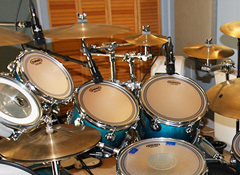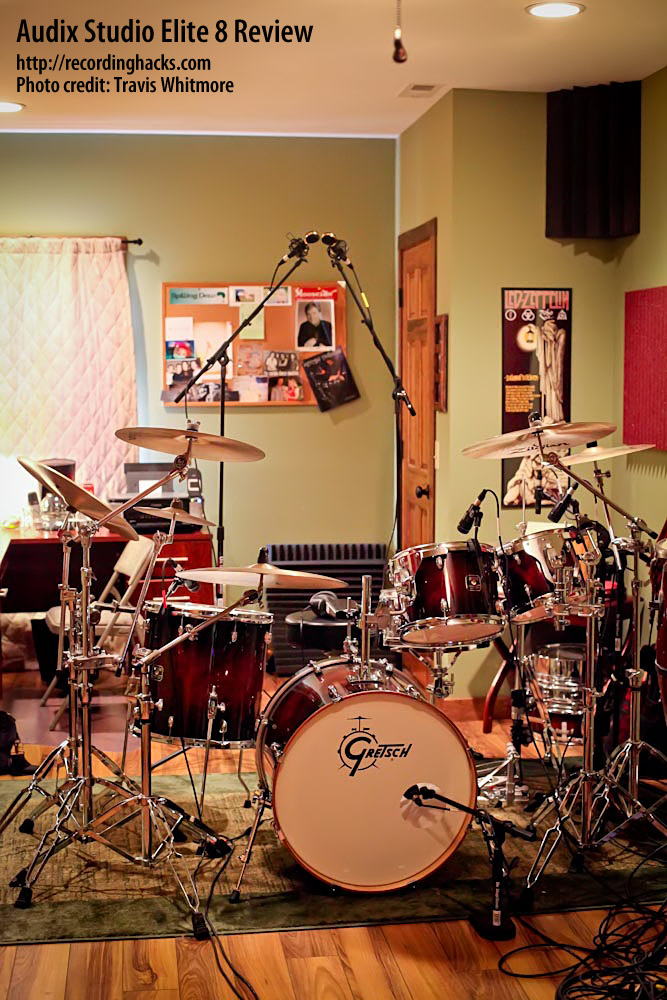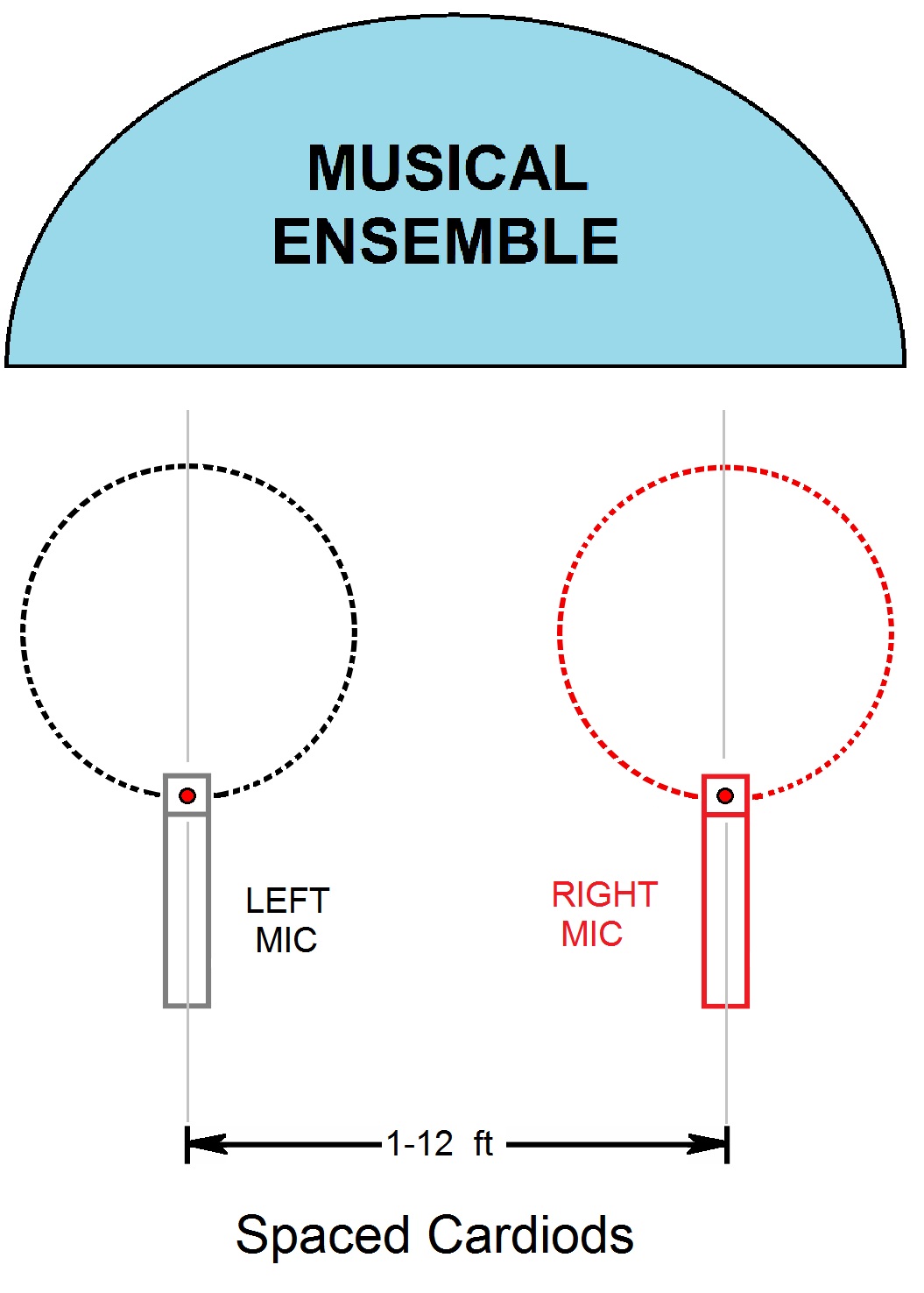

Art for art’s sake — the Paris of one’s imagination made real for a night. Sure, they applaud at the right moments, but they and the band also provide a space where jazz is reason enough. There is a silence, a reverence of a sort when the band gets in a groove that illustrates the audience’s involvement on a psychological level. Who knows what Montgomery thought when he played guitar, but the general atmospherics of this gig suggests an attentive crowd. This music would go well with a bottle of red wine and a cigarette, but if you were with a partner, this would be your break up song. This is more serious, in a reflective way. Despite the general upbeat tempo, Montgomery’s not putting a happy musical face. He’s not just playing with technical finesse. Montgomery takes turns using different syncopations, riffs and picking styles to keep the song moving forward. He’s ably backed by a trio of top-notch players: Harold Mabern (piano), Arthur Harper (bass) and Jimmy Lovelace (drums), but they take far too many long solos. The appropriately titled standard, Jimmy Van Heusen’s “Here’s That Rainy Day” from the newly issued Live in Paris album originally recorded at the Champs-Elysees back on March 27, 1965, provides an excellent example of Montgomery’s fluid style. They are more of a stream than a torrent. Montgomery’s notes pour down from his guitar in showers. The end of winter is still an end, even if the wonder of the seasonal change deserves welcome. The drops may refresh, but there’s something melancholy about it. Listening to Wes Montgomery is like experiencing the first warm rain in spring.
#Ortf recording drums full#
Resurrected with a brand-new shine on it, Wes Montgomery In Paris: The Definitive ORTF Recording is not merely for Montgomery completists, but is as necessary as the live recordings Full House or Wynton Kelly Trio With Wes Montgomery – Smokin’ At The Half Note are to the Montgomery discography. That almost justifies its existence as such because of Montgomery’s brief corporeal and recording life. This particular concert has been bootlegged since the mid-1970s, typically with inferior sound quality.

The aforementioned “Blue ‘N Boogie” is coupled with Montgomery’s “Kansas City Blues” creating an effective 12-bar bop juggernaut that leads to an equal length reading of Montgomery’s “Twisted Blues.” “Round Midnight” was always a good vehicle for Montgomery, here sharing duties with Griffin and turning in a near iconic performance. Then the show becomes all Montgomery, adding tenor saxophonist Johnny Griffin to reprise his performances of a sturdily -built “Full House” and “Blue ‘N Boogie” from the previously recorded concert Full House. Opening with Mabern’s nod to tenor saxophonist Wayne Shorter, “To Wane,” Montgomery consumes his part at a relentless tempo. If disc one is introspective, disc two is radioactively extroverted.

All pieces receive a lengthy airing with compact support from his traveling trio of pianist Harold Mabern, bassist Arthur Harper, and drummer Jimmy Lovelace. The album contains solid performances of Montgomery’s “Four on Six” and “Jingles,” as well as John Coltrane’s “So What” contrafact “Impressions.” This is the introspective part of the performance, Montgomery’s articulation precise and emotive. It is a hopeful sign that there is more of this great, previously unreleased music to come. This is Resonance Records second collaboration with the organization, the first being Larry Young’s In Paris: The ORTF Recordings (also available in DSD 128 and DSD 64 from Native DSD Music). The concert was recorded, and the tapes retained by the National Audiovisual Institute of France (INA), a public institution overseeing the historic office of French Radio and Television (ORTF). On this tour, Montgomery appeared in Paris on Maat the Theatre Des Champs-Elysee. The label now adds a diamond pin to this crown in the form of the present Wes Montgomery In Paris: The Definitive ORTF Recording.Īfraid of flying, Montgomery made only a single trip to Europe, only after he was assured that the rest of the tour he would travel by train.

Zev Feldman has called Resonance Records, “The house Bill Evans and Wes Montgomery built.” That may be hyperbolic, but the label has liberated from obscurity many previously unreleased or rarely heard performances by the two artists.


 0 kommentar(er)
0 kommentar(er)
